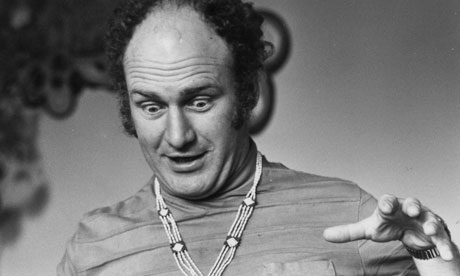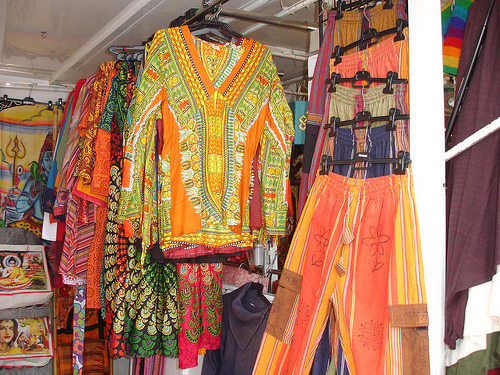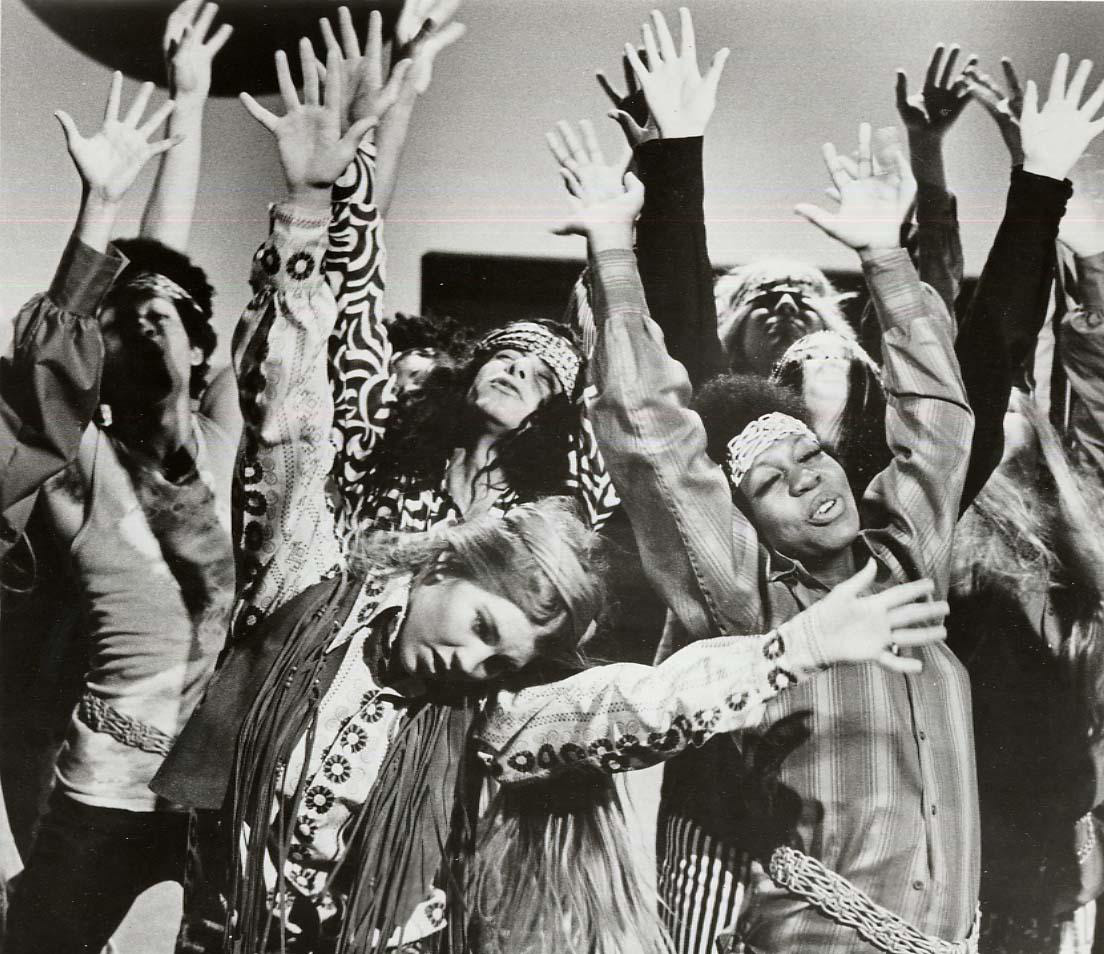WOODSTOCK
The Woodstock Festival was a three-day concert (which
rolled into a fourth day) that involved lots of sex, drugs, and rock 'n roll -
plus a lot of mud. The Woodstock Music Festival of 1969 has become an icon of
the 1960s hippie counterculture.
Dates: August 15-18, 1969
Location: Max Yasgur's dairy farm in the
town of Bethel (outside of White Lake, New York)
Also Known As: Woodstock Music
Festival; An Aquarian Exposition: Three Days of Peace and Music
The Organizers of Woodstock
The organizers of the Woodstock Festival were four
young men: John Roberts, Joel Rosenman, Artie Kornfeld, and Mike Lang. The
oldest of the four was only 27 years old at the time of the Woodstock Festival.
The Plan for the Woodstock Festival
Kornfeld and Lang's original proposal was to build a
recording studio and a retreat for rock musicians up in Woodstock, New York
(where Bob Dylan and other musicians already lived). The idea morphed into
creating a two-day rock concert for 50,000 people with the hope that the
concert would raise enough money to pay for the studio.
The four young men then got to work on organizing a
large music festival. They found a location for the event up in an industrial
park in nearby Wallkill, New York.
They printed tickets ($7 for one day, $13 for two
days, and $18 for three days), which could be purchased in select stores or via
mail order. The men also worked on organizing food, signing musicians, and
hiring security.
Hundreds of Thousands Arrive at the Woodstock Festival
On Wednesday, August 13 (two days before the Festival
was to begin), there were already approximately 50,000 people camping near the
stage. These early arrivals had walked right through the huge gaps in the fence
where the gates had not yet been placed. Since there was no way to get the
50,000 people to leave the area in order to pay for tickets and there was no
time to erect the numerous gates to prevent even more people from just walking
in, the organizers were forced to make the event a free concert.
This declaration of a free concert had two dire
effects. The first of which was that the organizers were going to lose massive
amounts of money by putting on this event. The second effect was that as news
spread that it was now a free concert, an estimated one million people headed
to Bethel, New York. Police had to turn away thousands of cars. It is estimated
that about 500,000 people actually made it to the Woodstock Festival.
No one had planned for half a million people. The
highways in the area literally became parking lots as people abandoned their
cars in the middle of the street and just walked the final distance to the
Woodstock Festival. Traffic was so bad that the organizers had to hire
helicopters to shuttle the performers from their hotels to the stage.
The Music Starts
Despite all the organizers' troubles, the Woodstock
Festival got started nearly on time. On Friday evening, August 15, Richie
Havens got up on stage and officially started the Festival. Sweetwater, Joan
Baez, and other folk artists also played Friday night.
The music started up again shortly after noon on
Saturday with Quill and continued non-stop until Sunday morning around 9 am.
The day of psychedelic bands continued with such musicians as Santana, Janis
Joplin, Grateful Dead, and The Who, to name just a few.
It was obvious to everyone that on Sunday, the
Woodstock Festival was winding down. Most of the crowd left throughout the day,
leaving about 150,000 people on Sunday night. When Jimi Hendrix, the last
musician to play at Woodstock, finished his set early on Monday morning, the
crowd was down to only 25,000.
Despite the 30-minute lines for water and at least
hour-long wait to use a toilet, the Woodstock Festival was a huge success.
There were a lot of drugs, a lot of sex and nudity, and a lot of mud (created
by the rain).
After the Woodstock Festival
The organizers of Woodstock were dazed at the end of
the Festival. They didn't have time to focus on the fact that they had created
the most popular music event in history, for they first had to deal with their
incredible debt (over $1 million) and the 70 lawsuits that had been filed
against them.
To their great relief, the film of the Woodstock
Festival turned into a hit movie and the profits from the movie covered a large
chunk of the debt from the Festival. By the time that everything was paid off,
they were still $100,000 in debt.




















